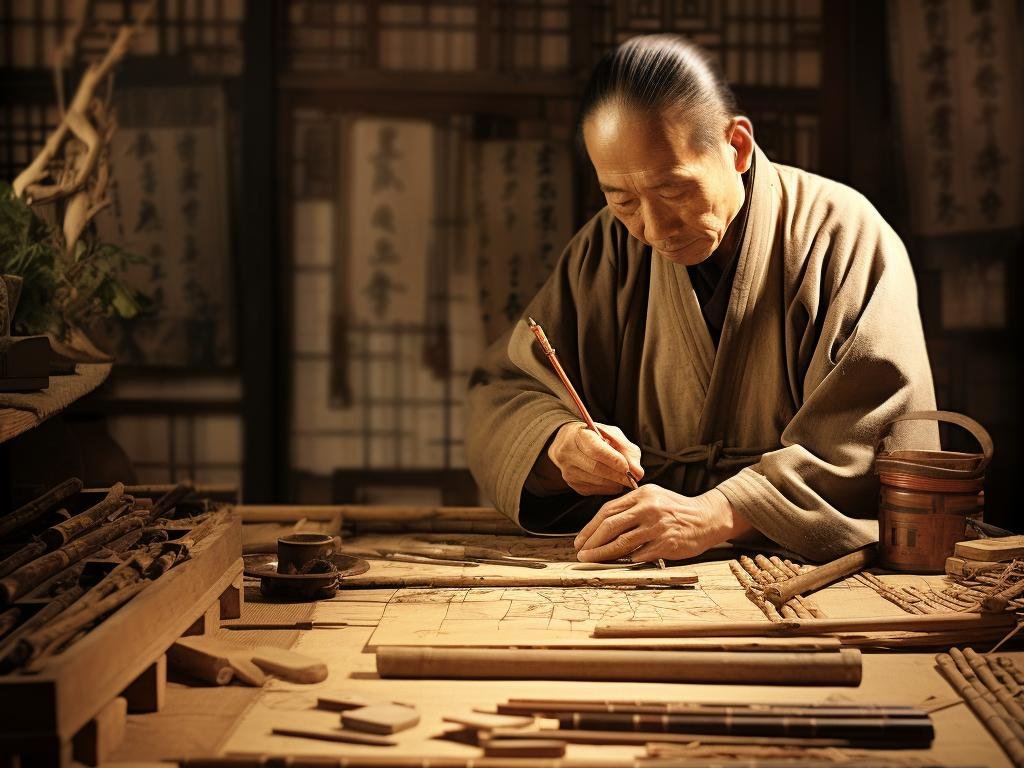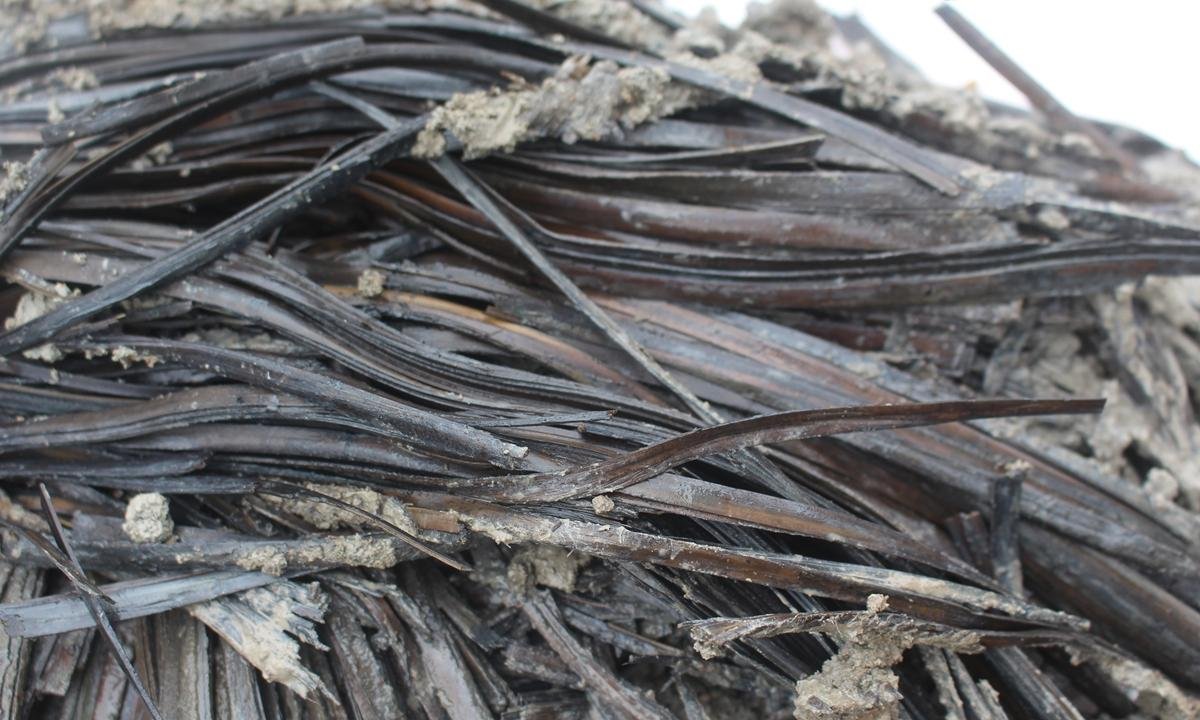Archaeologists excavating at the Qinjiazui archaeological site in Jingzhou City, Hubei Province, China, have unearthed bamboo slips dating back to the Warring States period (475 BCE – 221 BCE).
 Credit: Archaeology News Online Magazine
Credit: Archaeology News Online Magazine
This significant finding, announced by China’s National Cultural Heritage Administration (NCHA), has pushed the historical timeline of multiplication tables back by nearly a century.
The tomb, identified as M1093, stands out as a significant find, as it contains the highest number of bamboo slips from the Chu state in the Warring States period. Yang Kaiyong, a research fellow at the Jingzhou Museum, emphasized the tomb’s importance, stating that it holds the greatest amount of texts among known tombs for individuals in Hubei Province and the entire country.
These bamboo slips, measuring as long as a chopstick and as wide as two, served as the primary medium for written documents before the widespread adoption of paper. The slips were often sтιтched together using hemp, silk, or leather, forming folding books known as “jiance” or “jiandu.”
 The ancient multiplication formulas from the Warring States period (475BCE-221BCE) were found written on bamboo strips. Credit: National Cultural Heritage Administration (NCHA)
The ancient multiplication formulas from the Warring States period (475BCE-221BCE) were found written on bamboo strips. Credit: National Cultural Heritage Administration (NCHA)
The vast collection of bamboo slips covers a diverse array of subjects, including mathematics, medicine, animal husbandry, literature, and more. It is expected that [a further] 1,200 to 1,500 bamboo slips can be combined into a total of about 30,000 words.
One highlight discovery is the earliest physical record of the multiplication table Jiujiushu, pushing back its historical identification by nearly a century, said Yang Kaiyong. The multiplication table found on one of the strips provides evidence of the ancient Chinese using this mathematical tool more than 2,300 years ago.
The inscribed hieroglyphic text on the bamboo slip includes examples such as “Five times seven is thirty plus five; four times seven is twenty plus eight; three times seven is twenty plus one.” This ancient mathematical artifact was unearthed using infrared technology.
Researchers believe that these ancient artifacts, particularly the multiplication table, were utilized by Chinese government officials of the Warring States period for industrial calculations and similar purposes.
In addition to the Qinjiazui site, other archaeological sites in China have provided significant insights into ancient Chinese civilization. The Xiazhan site in Baoji city, Shaanxi Province, has revealed over 1,400 sacrificial pits with artifacts dating from the Warring States Period to the Western Han period.
Further discoveries include the Beicheng Village Cemetery in Shaanxi Province’s Xixian New Area, the largest independent cemetery discovered to date, spanning the Sixteen Kingdoms period to the Sui and Tang periods. The cemetery vividly depicts the integration of minority ethnic groups with Han culture during this extended period.
Chenzhou city in Hunan Province has also played a role in uncovering China’s ancient administrative center, with nearly 10,000 bamboo slips discovered from the Wu state of the Three Kingdoms period. These slips cover topics such as administrative divisions, taxation, household registration, farming, and mining.
Archaeologists involved in these excavations are undertaking comprehensive tasks such as infrared scanning, interpretation, ᴀssembly, research, dehydration protection, and exhibition of these artifacts.





